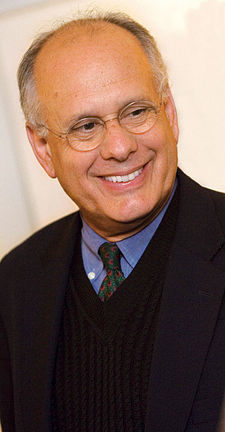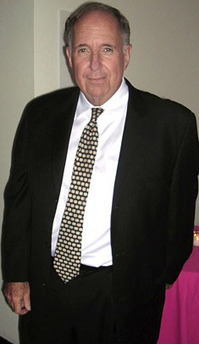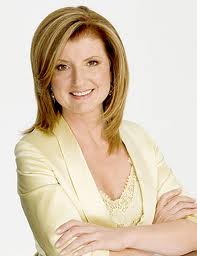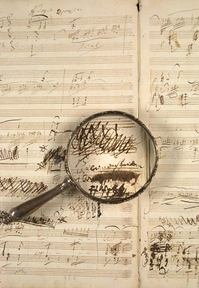The George Eastman House made a noteworthy announcement several days ago, but I haven’t had time until now to write about it: Anthony Bannon will retire from the director’s post in a year’s time.
 Bannon, 68, has been director since 1996, and has done a fine job. As the Rochester City Newspaper put it:
Bannon, 68, has been director since 1996, and has done a fine job. As the Rochester City Newspaper put it:
…[His] 15-year tenure includes the creation of three post-graduate preservation schools, major acquisitions, alliances with museums and universities, leaps in conservation efforts, collectors clubs in large American cities, and national honors.
The Rochester Business Journal chimed in with more:
Bannon led an effort to diversify the board of trustees, which now has more of a national focus with many members from outside the Rochester area, museum officials said.
And the museum has largely digitized its collections.
Where will the Eastman House go now? The Rochester Democrat & Chronicle, in addition to adding more details about Bannon’s accomplishments, noted some initiatives that the board is considering as part of a new strategic plan:
-
Creating [those]Â schools in photo conservation with the Qatar Museums Authority and Chung Ang University in Seoul, South Korea.
-
Assessing the museum’s capital needs, including ways to house its vast collections. “We’ll look at building a new storage facility here,” said Bannon. “Right now we’re leasing.”
-
Raising the museum’s global profile. George Eastman House could organize more touring exhibits and loans. It also will expand its online archive of digital images and possibly stream motion picture images.
Here’s a link to that story, and one to the official press release.
Bannon was not the obvious choice when the Eastman House selected him 15 years ago. He has a BA in biology, a Master’s and PhD in English, had worked as a newspaper critic and then ran the Birchfield-Penney Art Center in Buffalo.
This is a great job for someone dynamic and creative, and I’m not just saying that because Rochester (well, Irondequoit) is my hometown. The directors/search committee have their work cut out.

 Several days ago,
Several days ago,  Pressed by my questions, Lehman responded:
Pressed by my questions, Lehman responded: For one, although she is clearly a person interested in the arts, someone who once wrote a book about Picasso, it never occurred to me that she thought much about museums. Or, as she revealed, that she would be invited to speak to a group of “museum presidents and directors” at the Los Angeles County Museum of Art. But she is certainly a successful entrepreneur, and she was out in front of other media groups on new media. So there you are.
For one, although she is clearly a person interested in the arts, someone who once wrote a book about Picasso, it never occurred to me that she thought much about museums. Or, as she revealed, that she would be invited to speak to a group of “museum presidents and directors” at the Los Angeles County Museum of Art. But she is certainly a successful entrepreneur, and she was out in front of other media groups on new media. So there you are. Last week, the Morgan Library and Museum* inaugurated its
Last week, the Morgan Library and Museum* inaugurated its